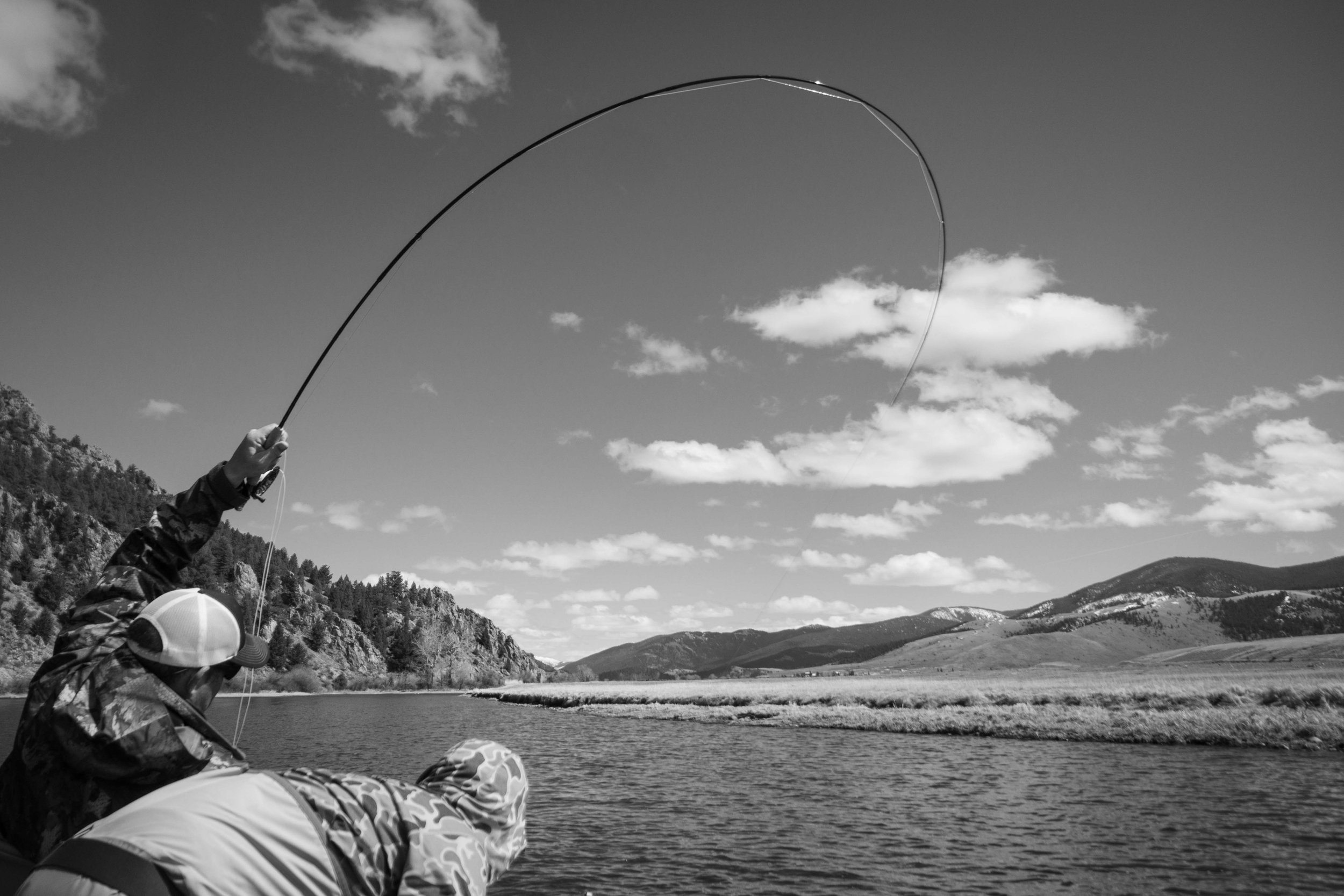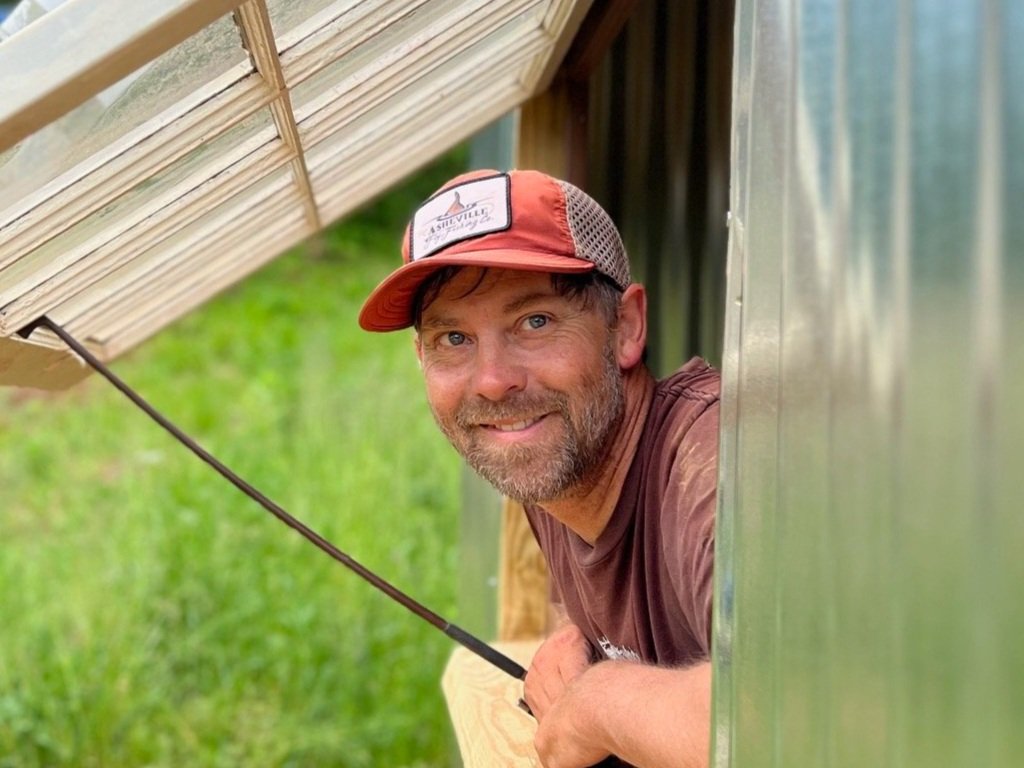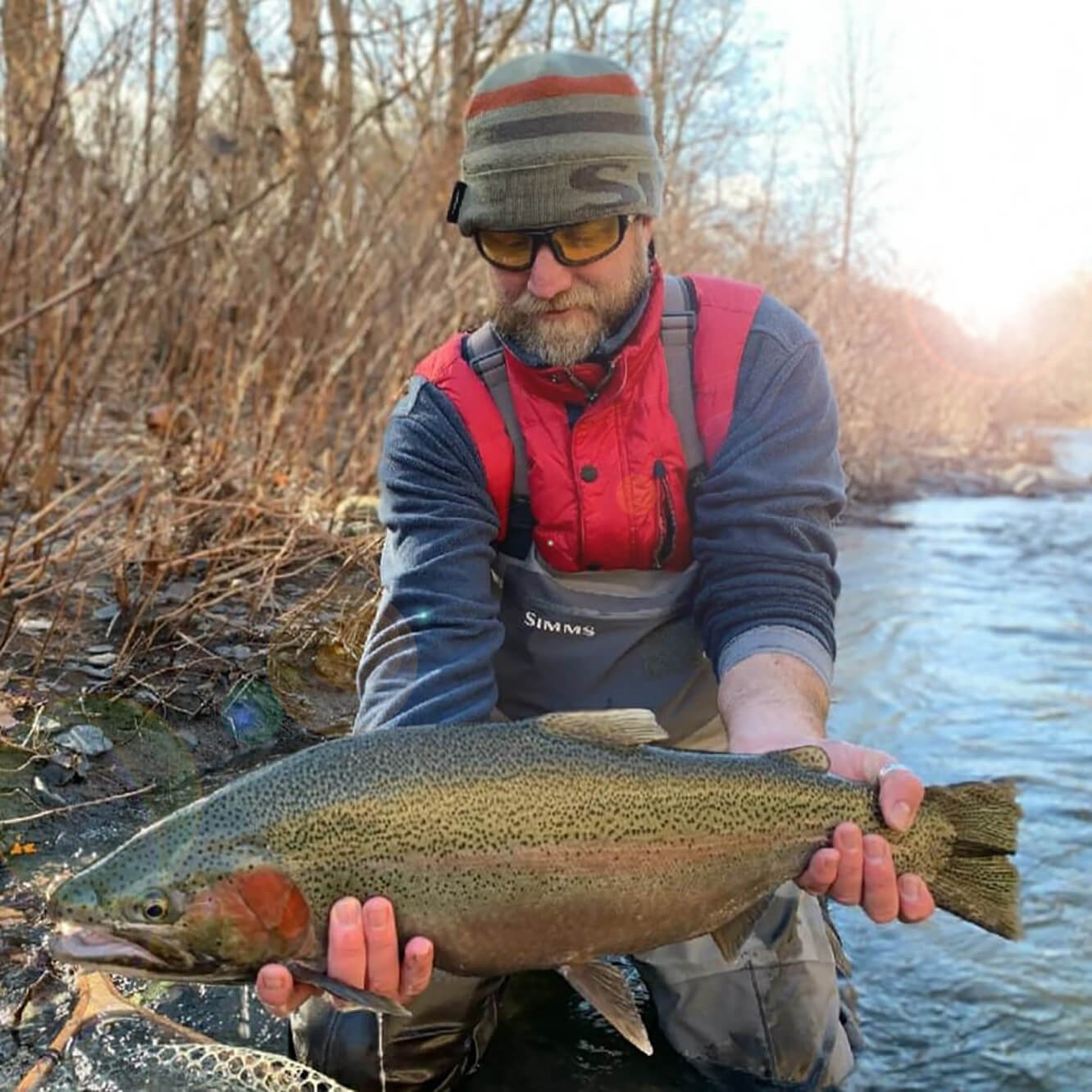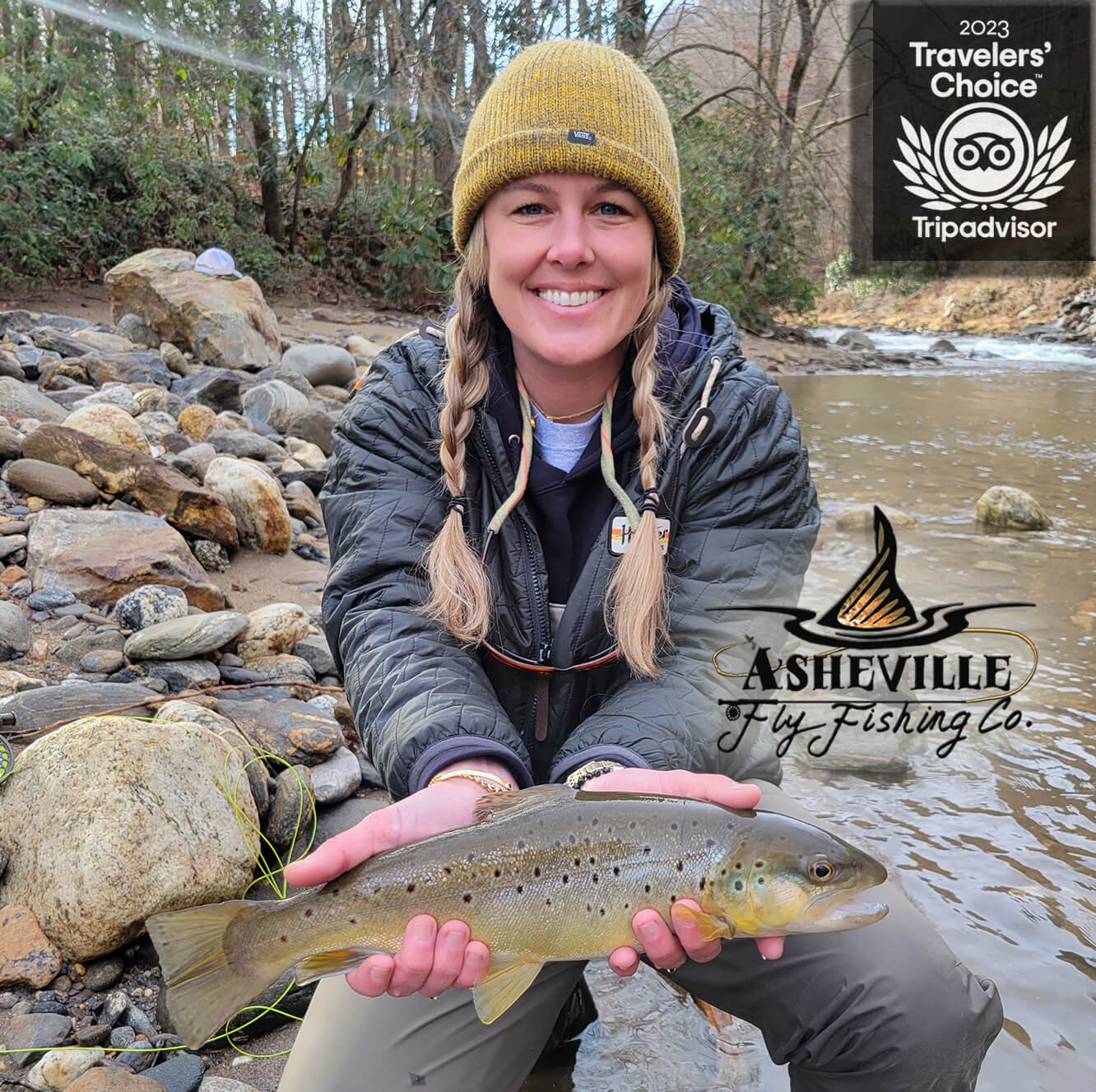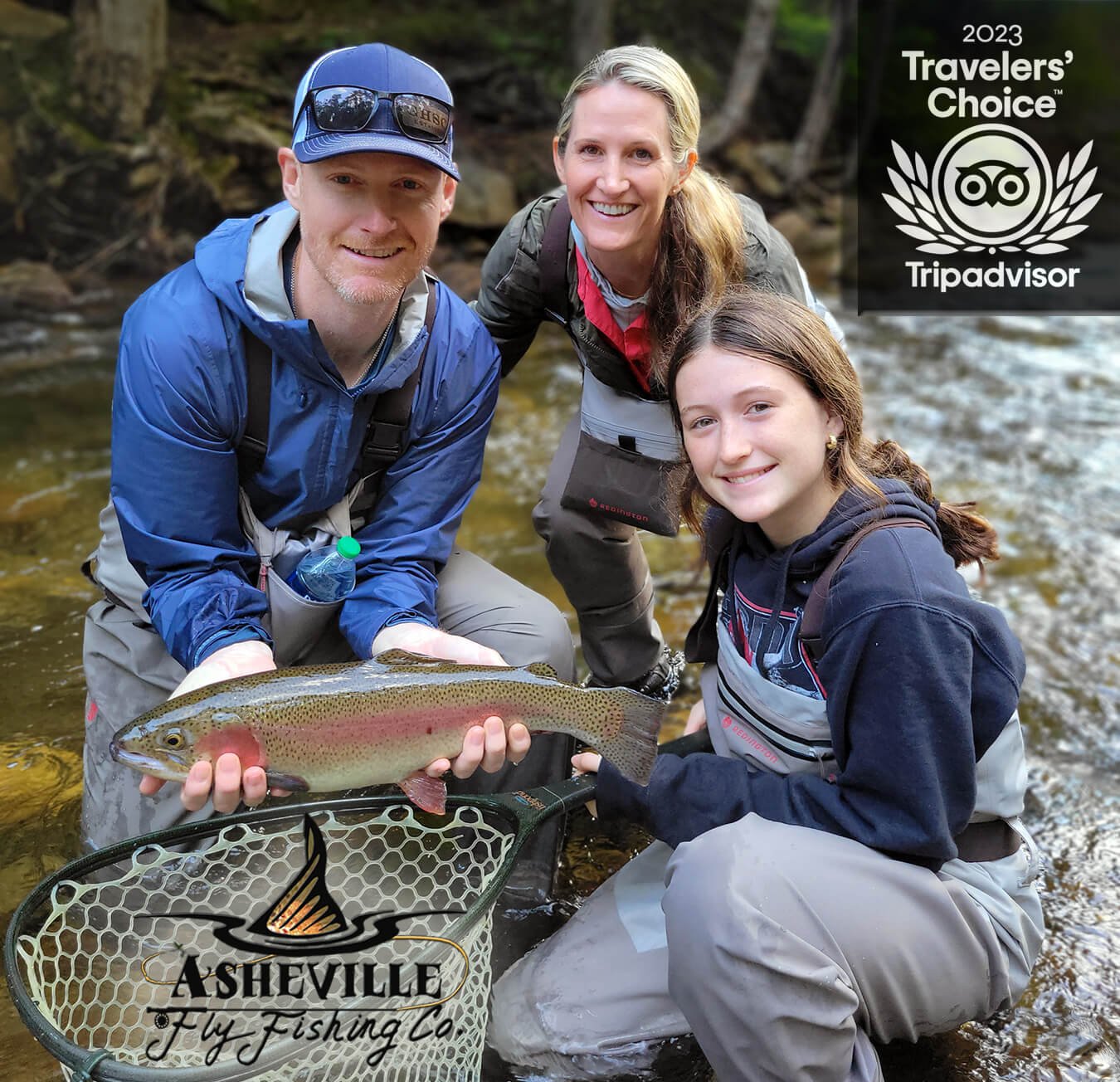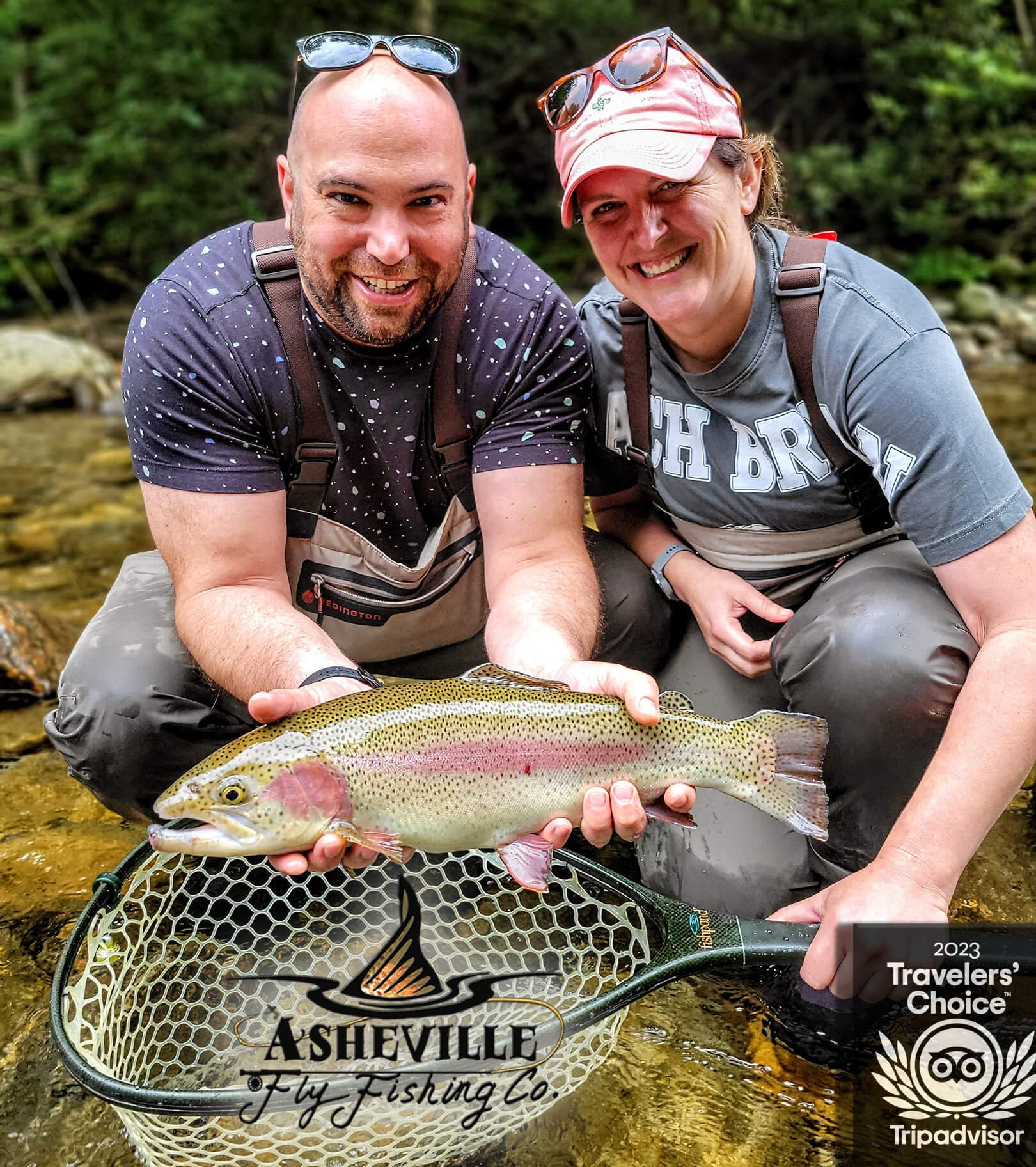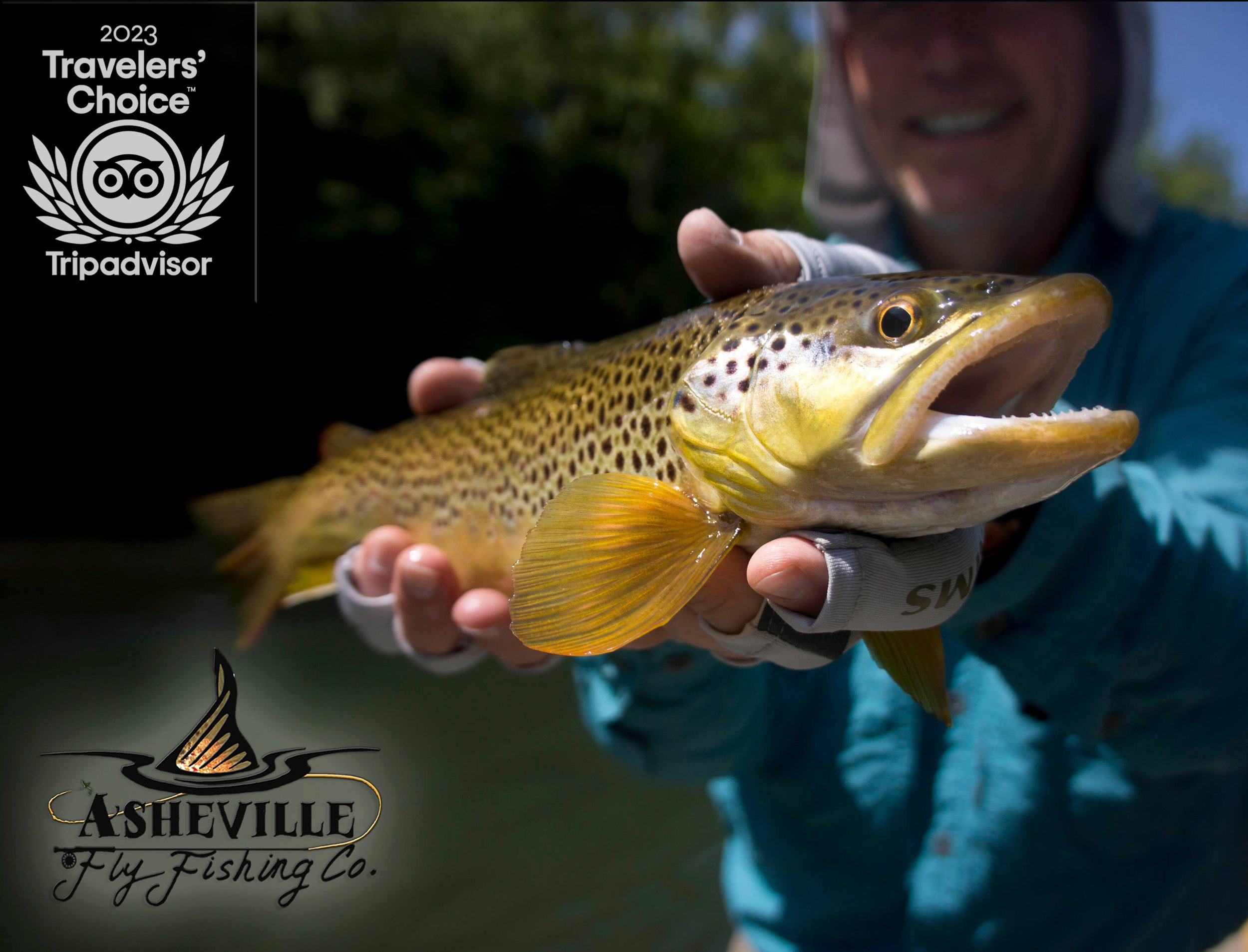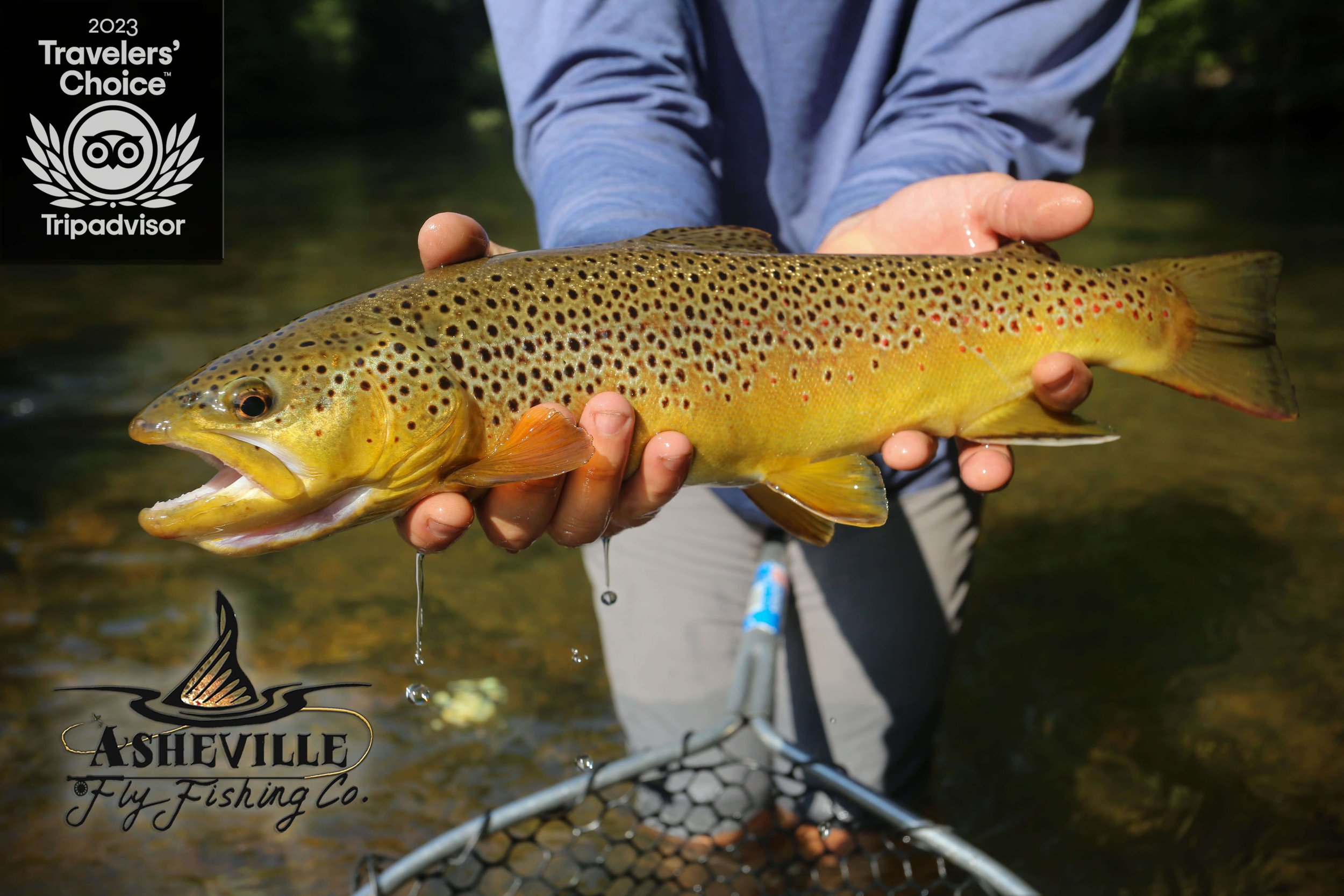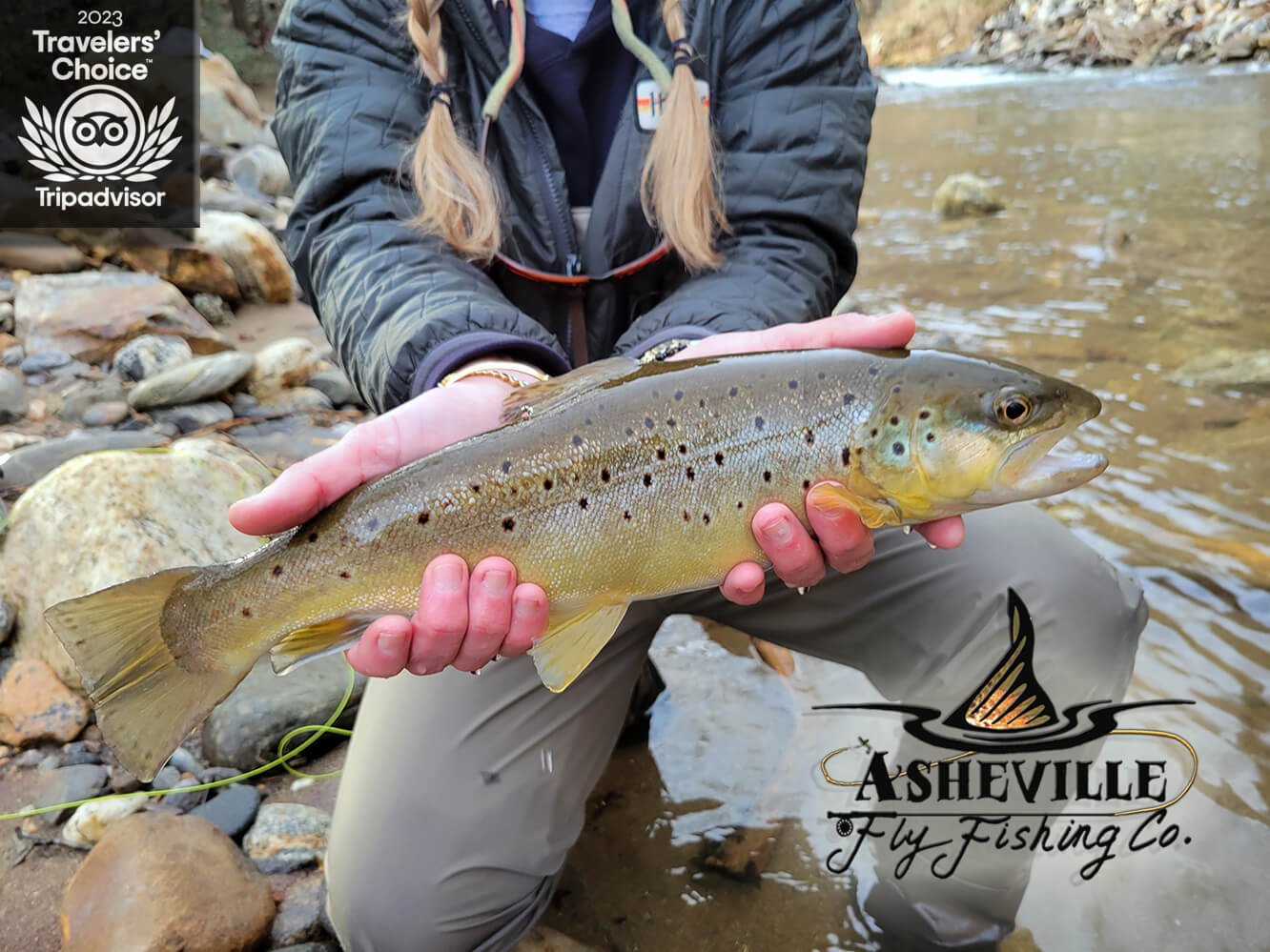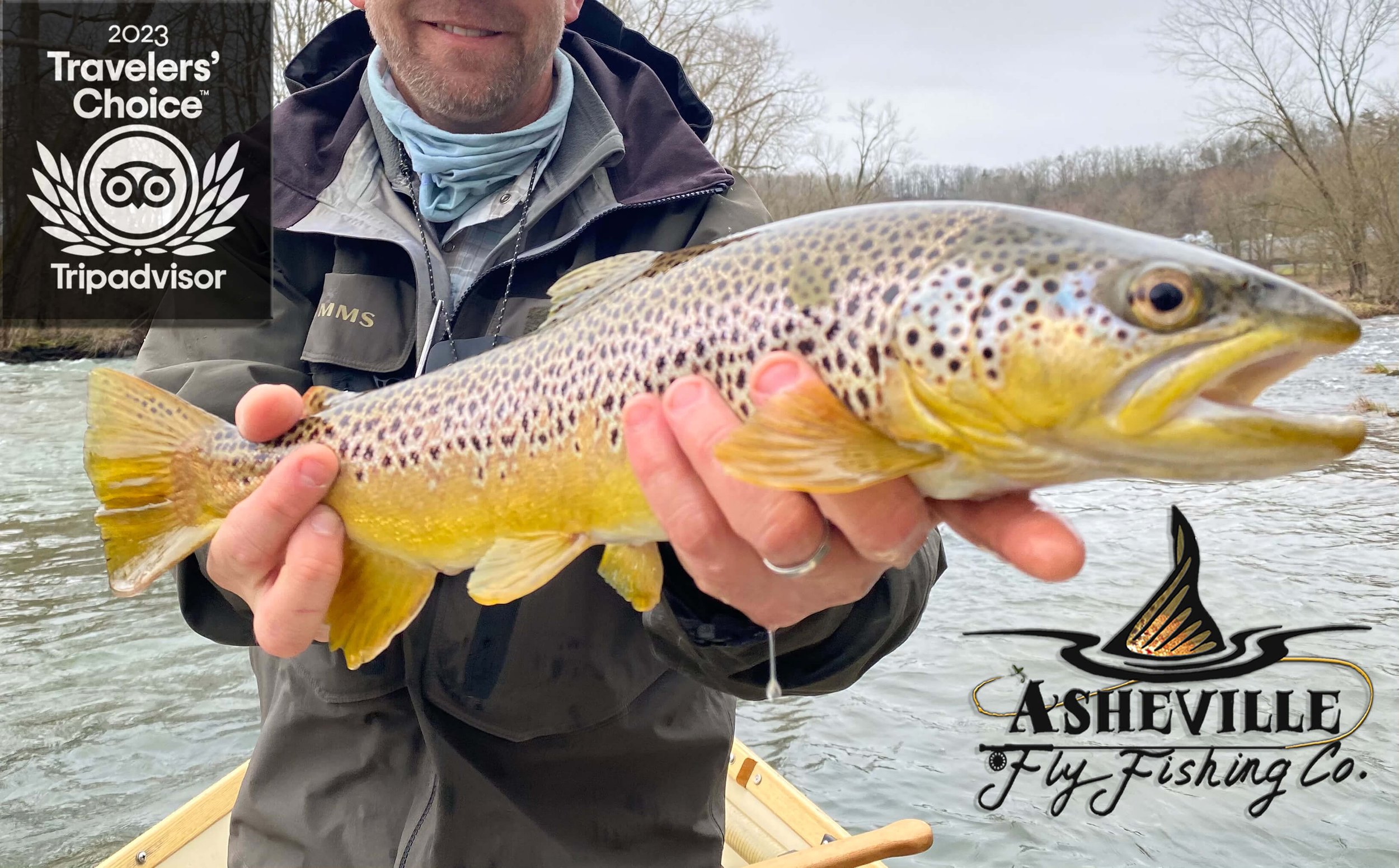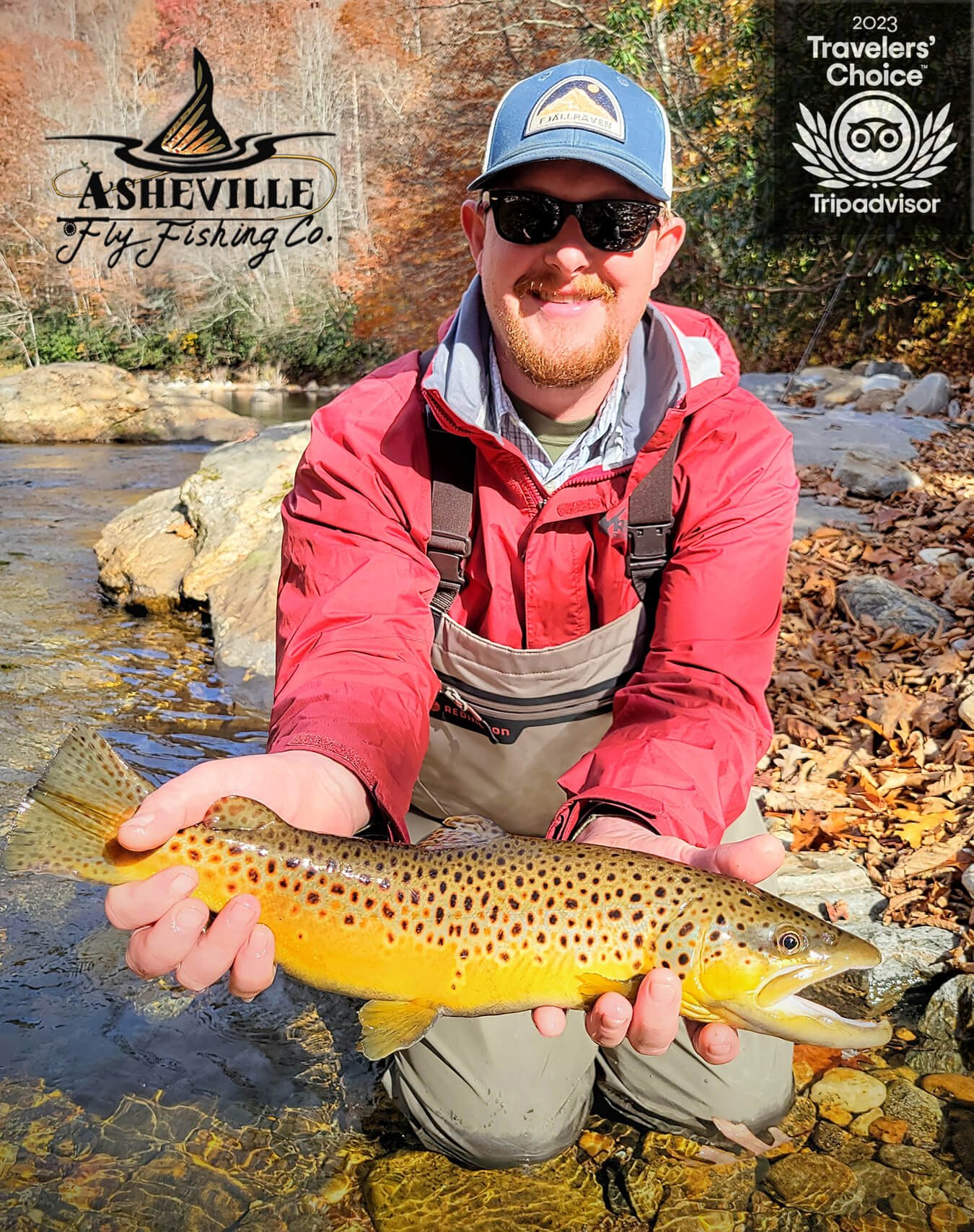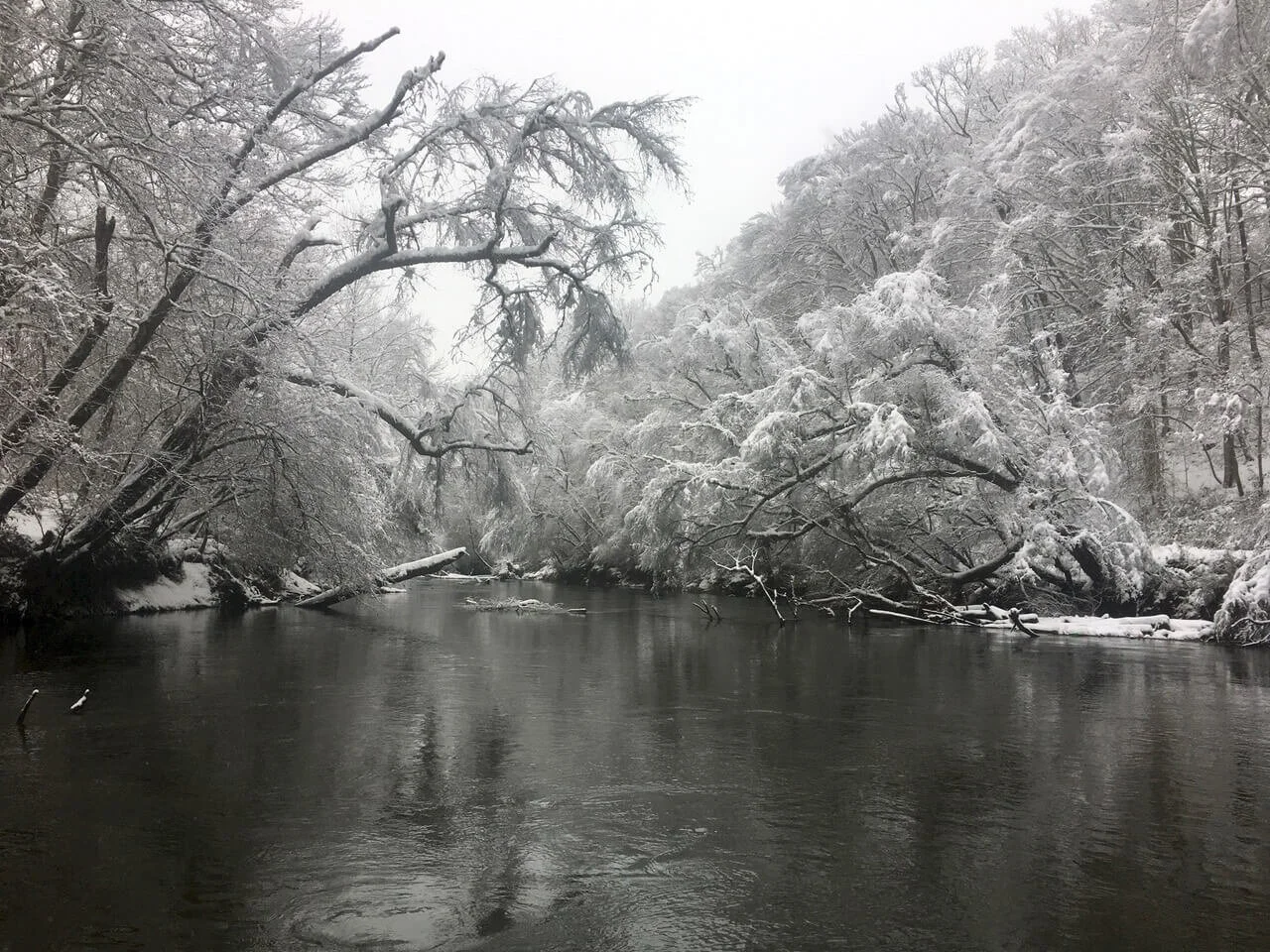Winston 9 1/2 foot five weight air two
I have about two dozen Winston Rods in my arsenal. Most are for guiding and a few have been retired as a personal rod. In the 10 years I’ve been using Winston Rods I’ve never had a cork grip come loose. So when I received the air two 9 1/2 ‘ 5wt. demo from the Twin Bridges headquarters I knew it had already been put to the test and its boundaries were previously pushed by other Field Advisors and Pros. The word was that this rod had been in many different hands in many different places for research and development “demolishing testing.”
Initially I wondered, what kind of mojo does this rod have on it. I knew it shook hands with several wizards previously but curious, what kind of encounters forced it to bend. Did it bend on its first date? What kind of fish was the first fish it danced with? Has it been kissed yet and has it known love and laughter after a long days work? You know, that’s the kind stuff that makes life memorable.
Upon picking up the rod in Twin Bridges, life WAS memorable and good! I was on my way to my favorite river in Montana, the Bighole river, to fish and hang with the crew at Sunrise Fly Shop. It was April and I had never had the opportunity to fish the river during that time. We were hoping to catch the Skwala hatch and throw streamers. During the next four days, we would experience all degrees of weather. Sun, rain, snow, and wind that was the blustery, gusty, 30 mph kind. Despite the tough conditions, we came to throw dry flies 1 inch from the bank and no amount of wind would stop us. It did, however, make things interesting. When I lifted the flyrod to make a cast the wind picked up 40 feet of line and sent it parallel to the surface of the water like a flag blowing in the wind. This would ultimately result in a few tangles with my fishing buddy. These are the conditions that test a rod and angler alike. The Air2 9’6” 5wt. exceeded my expectations and has been my personal favorite for dry fly fishing ever since. It has excellent accuracy over distance, power without sacrificing sensitivity and like all Winstons, you can feel the cast through the entire rod.
Back home in Asheville, NC I brought the demo out on a few guided trips where I had repeat clients that had fished many of my Winstons previously. I wanted their feedback and the rod wowed each person who fished it. It was July and the dog days of summer were starting to settle in. Water temperatures were climbing, afternoon thunderstorms were a daily event, and our terrestrial season was in full swing. The brown trout on the Watauga river and South Holston river love to eat Japanese beetles that happen to fall out of the sycamore trees on the rivers edge. Sycamores have big leaves and are often leaning over the river providing shade and cover for fish. The beetles fall off the leaves a make a little “smack” on the water. To imitate this natural presentation requires a little magic from the angler. Imagine side-arm, casting foam beetles on 13’-15’ leaders under the tree branches. Long 50’ casts with delicate “smack” like precision. It’s technical fishing at its finest and you only get so many chances, but when it all comes together the glory moments share the same intensity as a World Cup GoooOooaaaaaaalllllL. One occasion proved to be the most telling. Two of my repeat, clients brought their own rods to fish the Japanese beetle event. They were both struggling to roll over the long leaders with their rods. The leader was landing in a pile and spooking fish. I politely offered them each a Winston and instantly they were making great casts and presenting the fly appropriately. The next time they came fishing with me, they both had a Winston of their own in hand.
~ Written by: Galen Kipar
R.L. Winston Field Advisor
Asheville Fly Fishing Company Owner/Founder



















